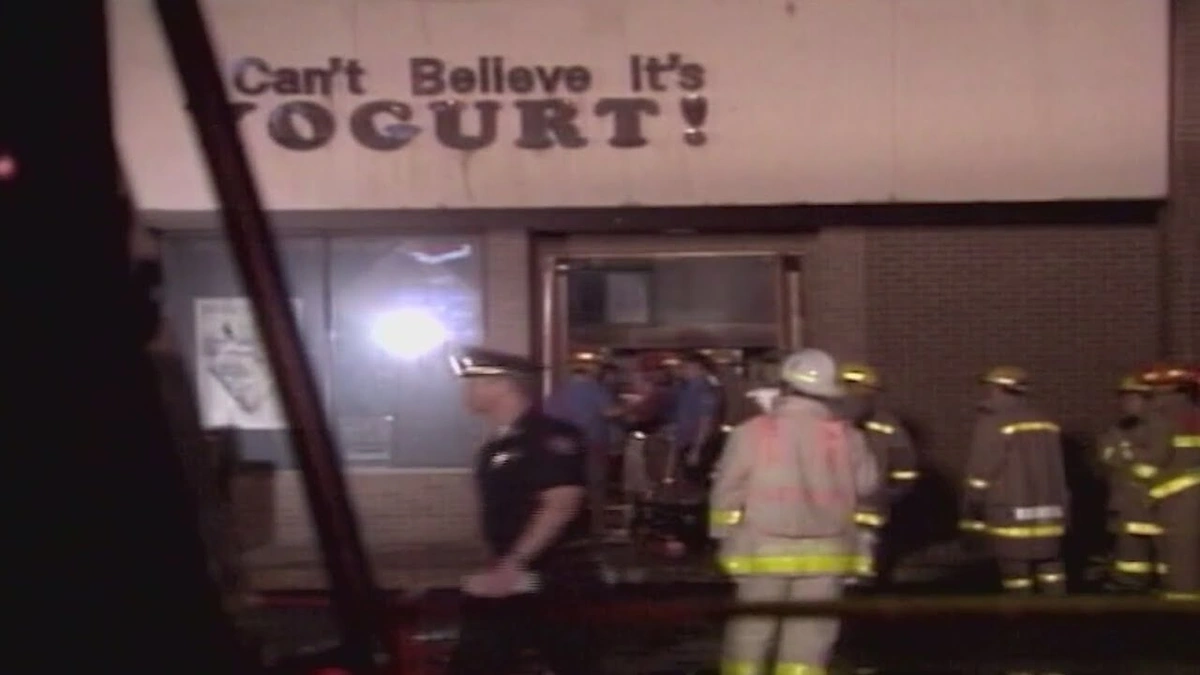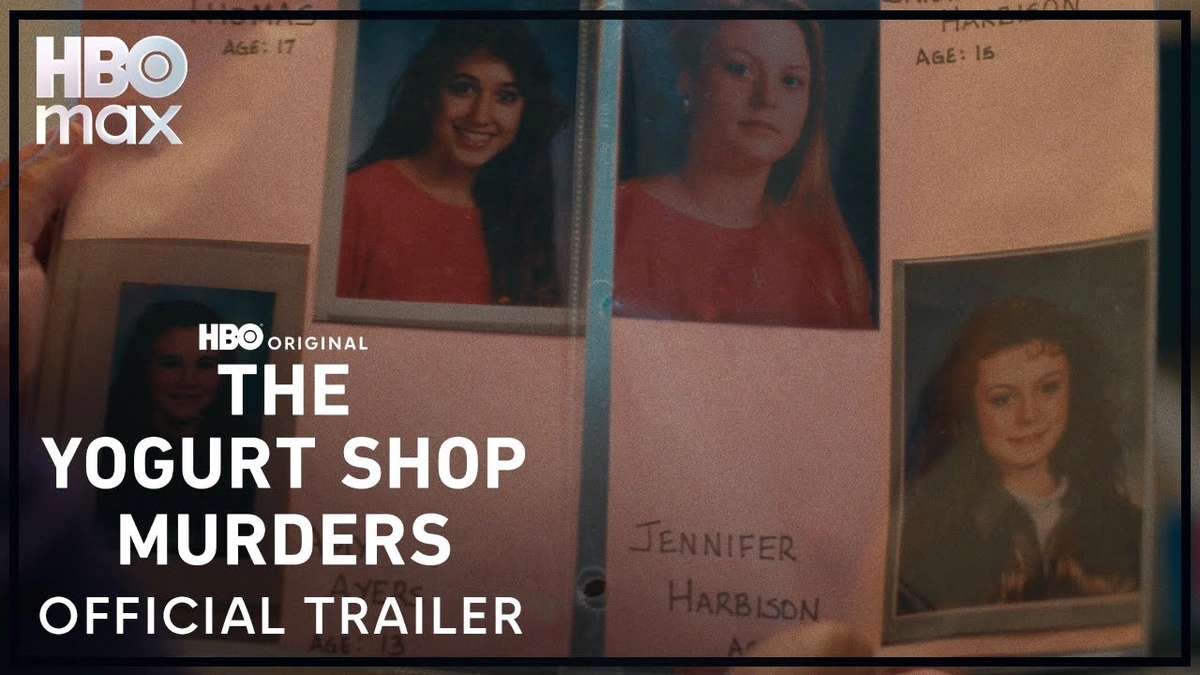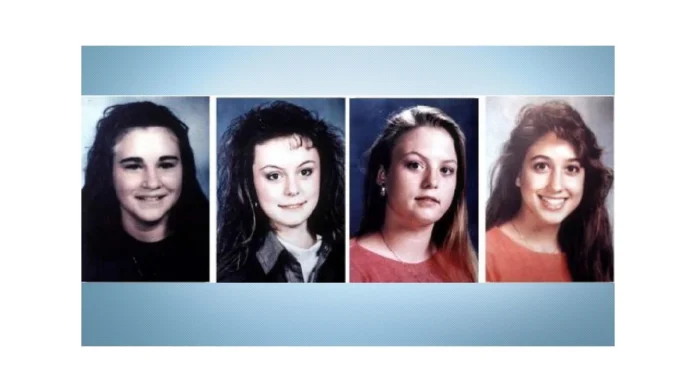Alright, pull up a chair. Let’s talk about a story that, for over three decades, has felt like a ghost haunting the city of Austin, Texas. This isn’t just another true crime headline you scroll past. The yogurt shop murders are something different. It’s a tangled, heartbreaking mess of a case that serves as a chilling masterclass in how an investigation can go catastrophically wrong, and why some mysteries refuse to fade with time.
It’s a story about four young girls, a botched crime scene, confessions that crumbled under scrutiny, and a single, stubborn piece of DNA that blew the whole thing wide open. What fascinates me, and what should genuinely worry you, isn’t just the “who” but the “how” how the system failed so spectacularly, and why, even with modern technology, justice remains agonizingly out of reach.
So, let’s unpack this. Because understanding this case is about more than just morbid curiosity; it’s about understanding the fragile nature of truth itself.
A Scene from a Nightmare | What Happened on December 6, 1991?

Imagine a typical Friday night in Austin. It’s almost closing time at a small, unassuming “I Can’t Believe It’s Yogurt!” shop in a north Austin strip mall. Inside are four teenage girls: Eliza Thomas, 17; Jennifer Harbison, 17; Sarah Harbison, 15; and Amy Ayers, 13. They were friends, sisters, daughters. They were closing up shop, probably talking about school, boys, the weekend ahead the small, wonderful things that make up a teenage life.
But they never went home.
Shortly after midnight, a passing police officer noticed smoke billowing from the shop. Firefighters arrived to a horrifying scene. The building was ablaze, and inside, they made a discovery that would scar the city forever. They found the bodies of the four girls. They had been bound, gagged, sexually assaulted, and shot. The fire, it turned out, was a deliberate act of arson meant to destroy evidence.
It was brutal. Senseless. And from the very first moments, the investigation was compromised. The water from the fire hoses, necessary to stop the blaze, inadvertently washed away critical forensic evidence. It was a tragic, unavoidable handicap that would plague the case for decades. The Austin yogurt shop murders immediately became the city’s most infamous crime, and the pressure to solve it was immense.
The Ticking Clock and a Trail of Missteps

Here’s the thing about high-profile cases with immense public pressure: they can lead to tunnel vision. Investigators were flooded with over 300 confessions and thousands of tips. The “Satanic Panic” of the late 80s and early 90s was still a cultural undercurrent, and theories about cult rituals ran rampant, muddying the waters.
For nearly eight years, the case went cold. It was a festering wound for the victims’ families and the community. The Austin Police Department never gave up, but leads dried up, and the trail grew faint. Then, in 1999, a breakthrough seemed to arrive. A stunning announcement: four young men had been arrested.
Robert Springsteen, Michael Scott, Maurice Pierce, and Forrest Welborn were charged in connection with the murders. The case, it seemed, was finally solved. The city breathed a collective sigh of relief. But the foundation of the prosecution’s case was about to reveal some terrifying cracks.
Confessions, Coercion, and a Case Built on Sand

The case against the four men rested almost entirely on their confessions. And this is where the story shifts from a tragic murder mystery to a deeply unsettling look at our justice system. I’ve looked at a lot of cold case files, and the interrogation tactics used here are textbook examples of what can lead to false confessions .
Michael Scott and Robert Springsteen gave incredibly detailed confessions after hours of intense, psychologically taxing interrogations. They implicated themselves and the other two men. However, their stories were riddled with inconsistencies details that didn’t match the crime scene evidence and that contradicted each other. Defense attorneys argued that the police had fed the men non-public details of the crime, which they then parroted back, creating the illusion of a genuine confession. It’s a known psychological phenomenon; under extreme duress, some people will say anything to make the interrogation stop.
Let’s be honest, the idea of confessing to something you didn’t do seems alien to most of us. But it happens. And it happened here. Despite the shaky ground, Springsteen and Scott were convicted in separate trials in 2001 and 2002. It seemed like justice, albeit delayed, had been served.
But then science stepped in.
The DNA Bombshell | When Science Shatters a Narrative

This is the part of the story that still gives me chills. While the confessions were being used to build a case, forensic technology was quietly evolving. During the trials, prosecutors knew about an unidentified male DNA sample found on one of the victims. They theorized it could have come from an unknown fifth perpetrator.
But by 2008, technology had advanced enough for a more sophisticated test called Y-STR analysis. This test specifically traces the male chromosome. The results were a bombshell. The unknown male DNA evidence was tested against a national database and, crucially, against the four convicted or accused men.
There was no match.
Let me rephrase that for clarity: The only piece of definitive, scientific evidence from the crime scene did not belong to any of the men who had been blamed for the crime for nearly a decade. It belonged to an unknown male. This single fact completely shattered the prosecution’s narrative, which was built entirely on those questionable confessions.
In 2009, the convictions against Robert Springsteen and Michael Scott were overturned, and they were released from prison. Charges against the other two were dropped. The case was right back at square one, but with an even more haunting question: if these four men didn’t do it, who did? And who is the man whose DNA was left behind?
Why We Can’t Look Away | The Enduring Legacy of an Unsolved Crime

So, why are we still talking about the yogurt shop murders today? Because it’s more than just an unsolved whodunit. It’s a cautionary tale about the fallibility of memory, the immense power of suggestion in an interrogation room, and the ultimate, unbiased authority of science.
It forces us to ask uncomfortable questions. How many other convictions have been secured based on coerced confessions? How do we balance the immense pressure to solve a horrific crime with the methodical, patient pursuit of the truth? The case is a stark reminder that the desire for closure can sometimes lead us down the wrong path entirely.
The ghost of this case isn’t just about the four innocent lives lost; it’s about the four other lives shattered by a flawed investigation. It’s about a city that has waited over 30 years for an answer that may never come. And it’s about that single, anonymous DNA profile a silent witness waiting for technology to finally give it a name.
Frequently Asked Questions About the Case
What is the current status of the yogurt shop murders investigation?
The case officially remains open but is considered a cold case . The Austin Police Department periodically reviews the file and is hopeful that advancements in genetic genealogy the same technology used to catch the Golden State Killer might one day identify the unknown male whose DNA was found at the scene.
What happened to the four men who were originally charged?
Robert Springsteen and Michael Scott had their convictions overturned and were released in 2009. Maurice Pierce, who was also charged, died in 2010 during a police encounter. Forrest Welborn was never convicted. All four men have been officially cleared, but they live with the stigma of the accusations.
Are there any other suspects?
Over the years, hundreds of individuals have been looked at. One notable person of interest was a student from a nearby high school who was found with a .22 caliber pistol (the same caliber used in the murders) shortly after the crime. However, a definitive link was never established. The case remains focused on identifying the source of the unknown DNA.
Why was it so hard to get evidence from the crime scene?
The primary issue was the fire. Arson is a common tactic to destroy evidence, and the massive amount of water used by firefighters to extinguish the blaze further degraded what was left. This made collecting fingerprints, fibers, and other traditional forensic evidence incredibly difficult.
Could the DNA belong to someone who was not a perpetrator?
It’s a possibility that defense attorneys and investigators have considered for example, a customer who was in the shop earlier. However, its location on one of the victims makes it highly likely to be connected to the perpetrator(s). It remains the single most important piece of physical evidence in the Austin, Texas case.
The story of the yogurt shop murders isn’t one with a neat conclusion. It’s a messy, frustrating, and deeply human tragedy. It leaves us with a profound sense of loss, not just for the four girls, but for the very idea of simple justice. It’s a cold case that remains hot to the touch, a constant reminder that the past is never truly gone it’s just waiting for one final, elusive clue to come to light.

